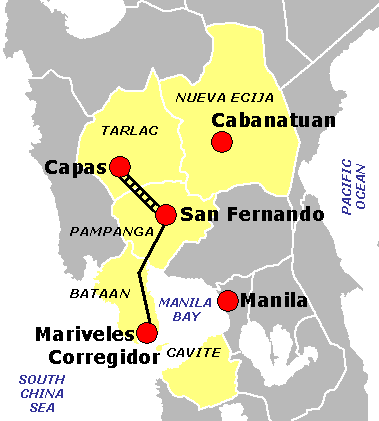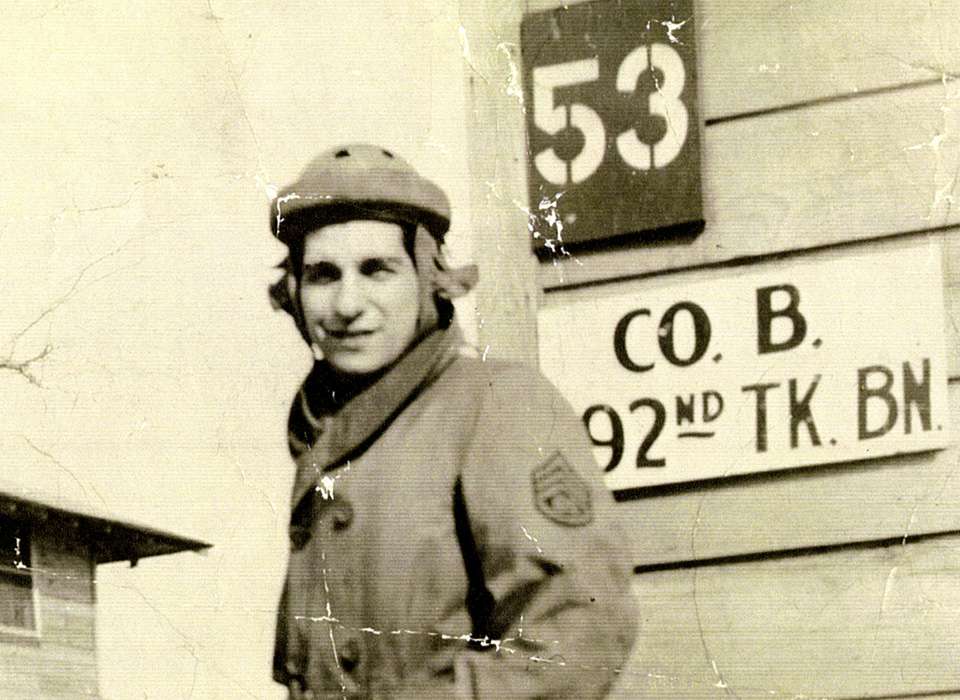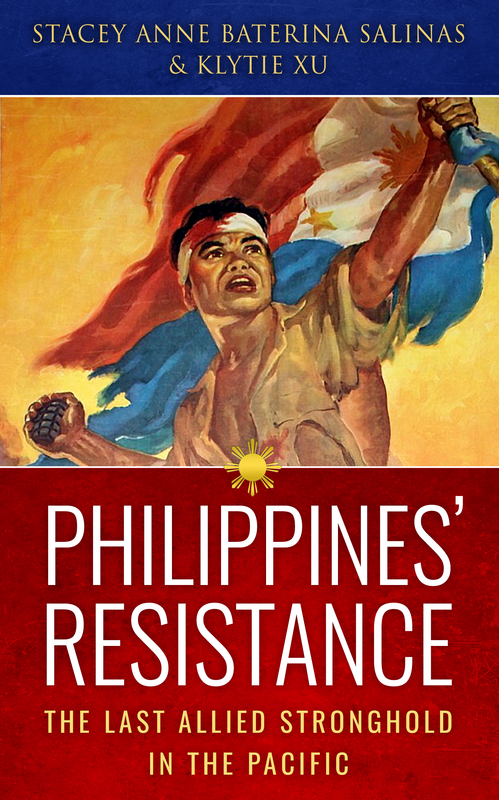Bataan Death March
The surrender of Bataan led to one of the worst atrocities in history. The Imperial Japanese soldiers rounded up 60,000-80,000 American and Filipino prisoners of war who surrendered at Corregidor and Bataan. They were marched from Bagac and Mariveles to Camp O'Donnell stretching nearly 70 miles over the span of 7-10 days.
During the march, soldiers were starved along the way. Those who were suffering from diseases and malnutrition were left behind or shot to death. Those who were too weak to walk were bayoneted. There were also public executions of Allied soldiers along the way. Even Filipino civilians who provided water and sustenance to the marching soldiers were beaten by the Imperial Japanese soldiers. Although the exact figure is unknown, it is believed that about 7,000 people died from the march. The survivors of Bataan Death March faced limited rice rations, disease, and torture in the camps until the end of the war in August of 1945.
During the march, soldiers were starved along the way. Those who were suffering from diseases and malnutrition were left behind or shot to death. Those who were too weak to walk were bayoneted. There were also public executions of Allied soldiers along the way. Even Filipino civilians who provided water and sustenance to the marching soldiers were beaten by the Imperial Japanese soldiers. Although the exact figure is unknown, it is believed that about 7,000 people died from the march. The survivors of Bataan Death March faced limited rice rations, disease, and torture in the camps until the end of the war in August of 1945.


